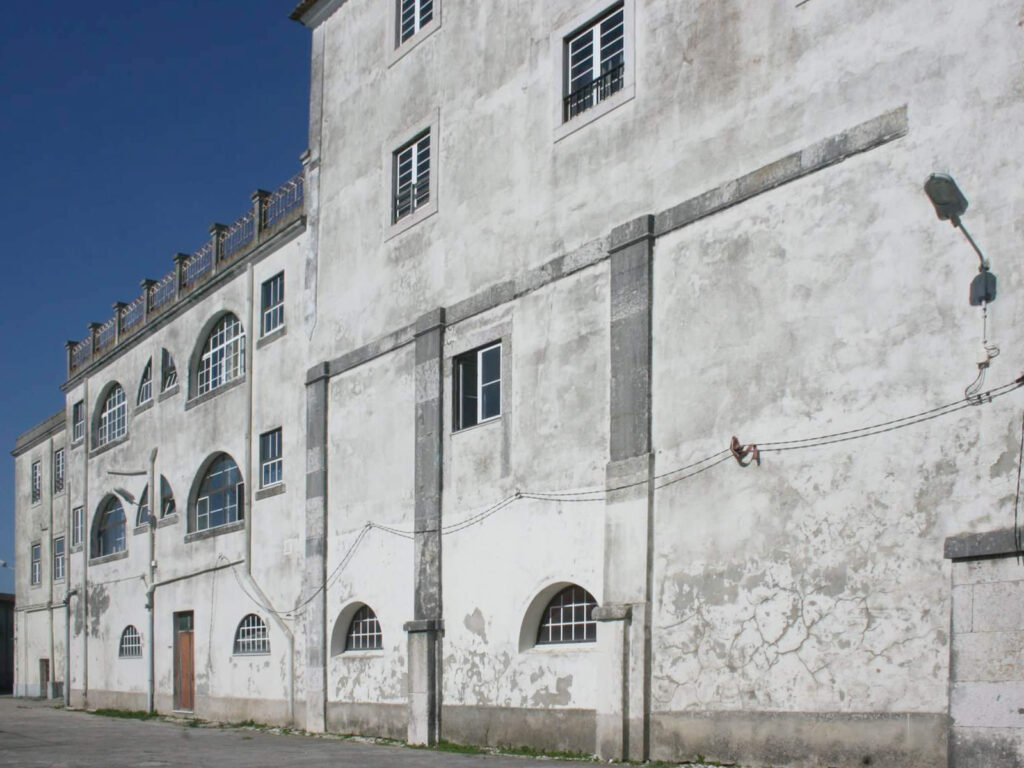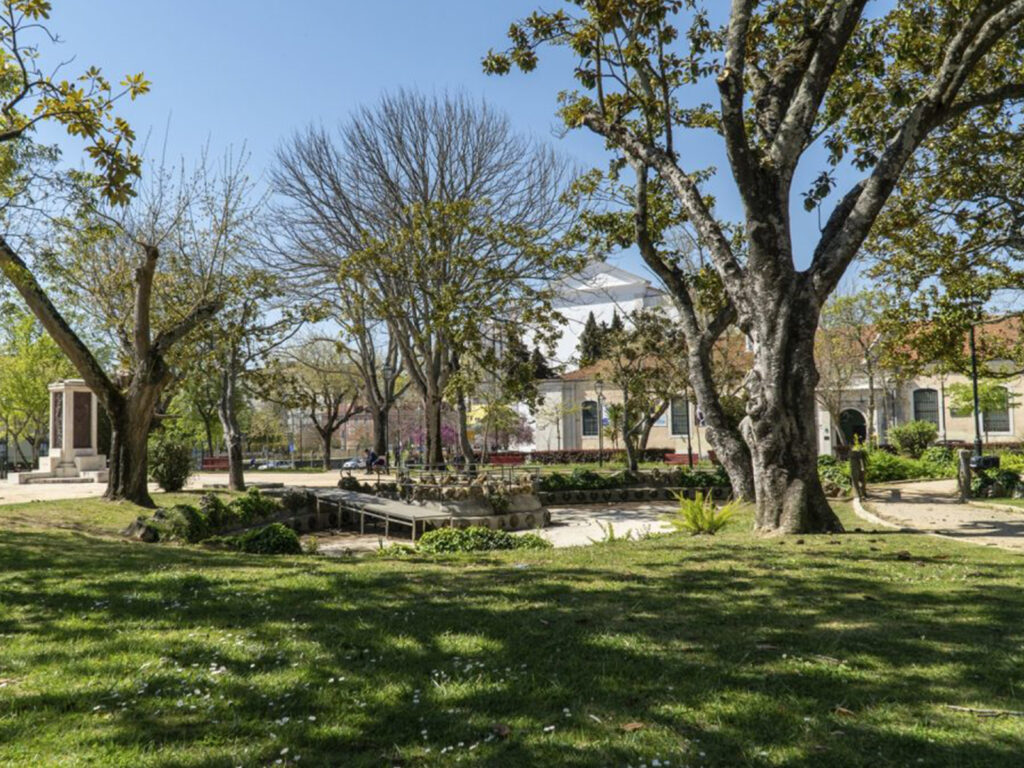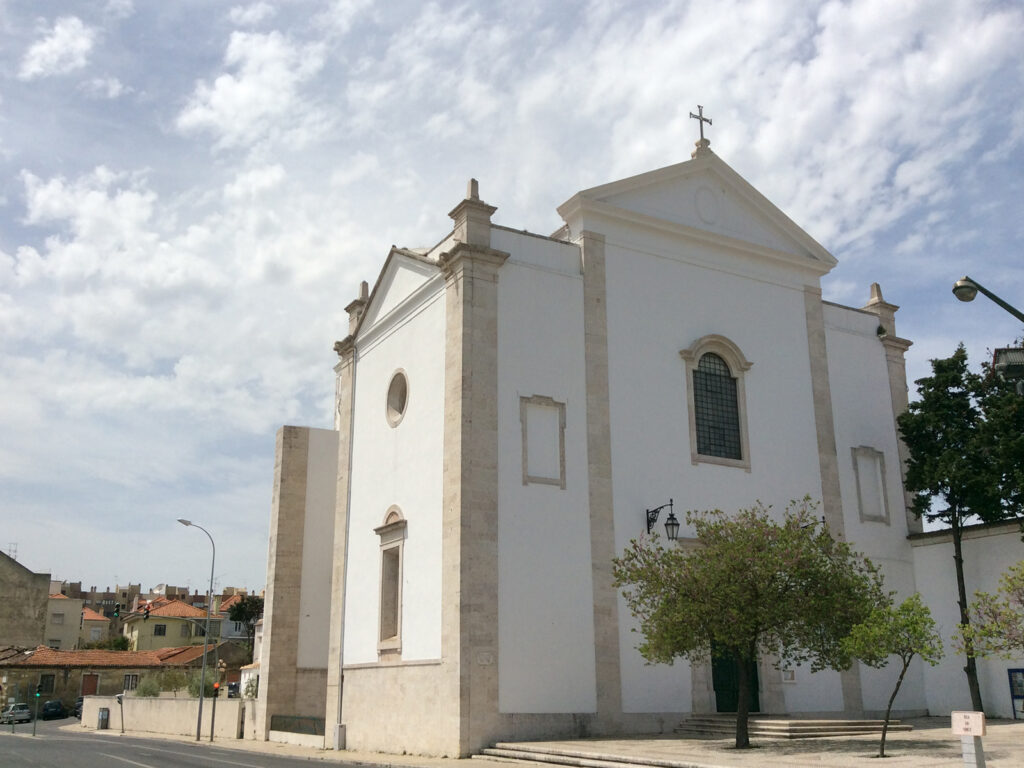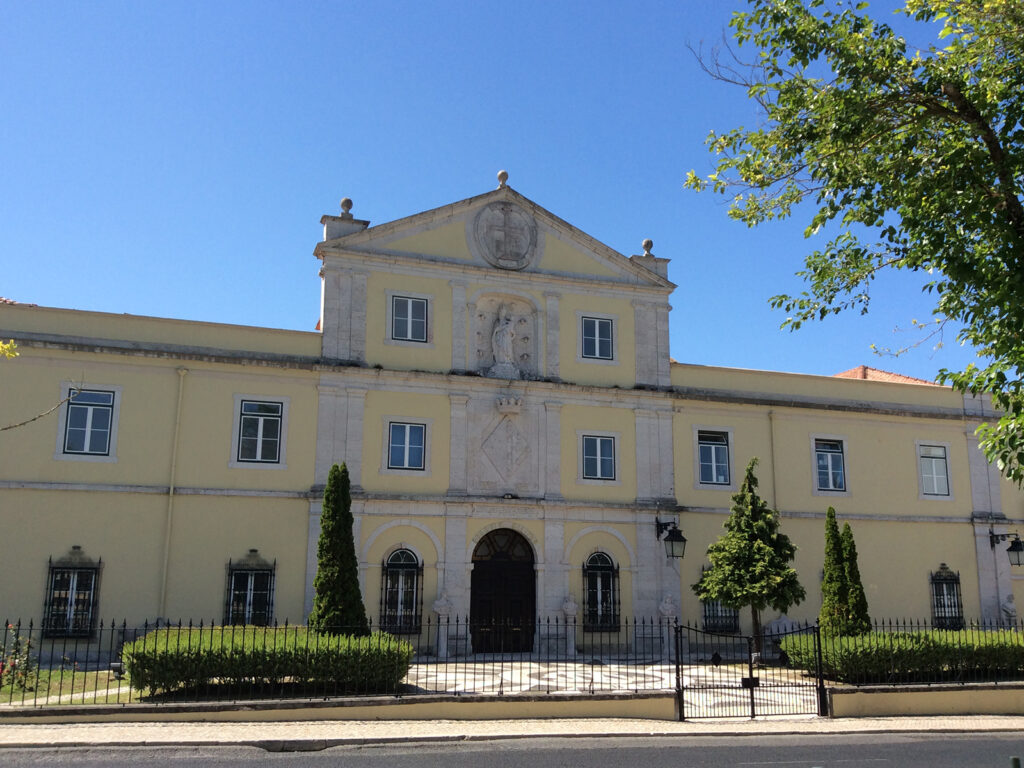Carnide: urban village
Locaded in north of Lisbon, Carnide was originally one of the main entrances in the city. Despite all Carnide progress, the historic center of Carnide retains elements of tradition and authenticity that makes Carnide one of the most emblematic area of the city
it’s a neighborhood of contrasts between the ancient and the modern and the urban and the rural. Here we can find a little of the rurality that was lived in the surroundings of Lisbon until the beginning of the 20th century, or the bougainvillea on the facades of low houses, as well as modern condominiums, much sought after by young couples, and numerous infrastructures and social and leisure facilities. , which mark the evolution of time.
The neighborhood of Carnide holds a unique heritage that is worth discovering, and which is spread over what remains of the old farms, streets and alleys, which makes Carnide a village in the middle of the city. In Alto do Posso, Largo do Coreto, is the most important historical and traditional site in Carnide: the bandstand, where there used to be a small market for agricultural products. In the “old” area, there is some street shopping and a wide range of restaurants and esplanades that bring many visitors to Carnide, as well as farms and gardens. And for those who don’t want to go shopping, the Colombo Shopping Center has a huge variety of shops and services, as well as a complete restaurant and entertainment area.
Following the “journey” along the Carnide-Luz axis, there is the Igreja da Nossa Senhora, the current seat of the parish of Carnide, the Colégio Militar and the large Jardim da Luz where the fair of Luz, considered one of the oldest in the country.





